Don't wanna be here? Send us removal request.
Text
Can Chickens Eat Apple Skins?

Chickens can most definitely eat apple skins! In fact, apple skins are a great source of fiber for chickens. They also contain vitamins A and C, as well as other essential nutrients. However, it is important to remember that chicken stomachs are relatively small. Therefore, they should only eat a small amount of apple skin at a time. If you're like most people, you probably think of chicken as a pretty versatile eater. After all, they'll pretty much eat anything, right? Well, that's not quite true. While chickens are omnivores and will eat a wide variety of things, there are some things that they shouldn't eat. Apple skins are one of those things. While apple skins aren't poisonous to chickens, they can cause digestive issues. Apple skins are tough and fibrous, and chickens can have a hard time digesting them. Eating too many apple skins can lead to crop impaction, a condition where the crop becomes blocked. Crop impaction is serious and can be fatal, so it's best to avoid feeding your chickens apple skins. If you want to give your chickens a treat, give them a slice of apple with the skin removed. They'll love the sweetness of the apple and you'll rest easy knowing that they're not eating something that could make them sick.
How many apple seeds will kill a chicken?
The short answer is that it takes quite a few apple seeds to kill a chicken. The reason apple seeds are so deadly to chickens is that they contain amygdalin, a compound that releases cyanide when it comes into contact with digestive enzymes. A chicken would need to eat a fair amount of apple seeds for the amygdalin to release enough cyanide to be fatal. The average chicken is not likely to eat enough apple seeds to kill itself, but it is possible. If you have a chicken that you suspect has eaten a lot of apple seeds, it is best to consult a veterinarian.
Can chickens eat apple peelings?
Chickens can eat apple peelings, but they should not make up the majority of their diet. Apple peelings are a good source of fiber and vitamins A and C, but they can also be a choking hazard. If you feed your chickens apple peelings, make sure to chop them into small pieces.
Can chickens eat apples whole?

Chickens can eat apples whole without any issues. The apple skin and flesh are both safe for them to eat and provide some nutritional benefits. Apples are a good source of vitamins A and C, as well as fiber. The skin of the apple also contains quercetin, an antioxidant that can help boost the immune system.
Can Chickens Eat Apples? Chicken Love to Eating Apples
https://www.youtube.com/watch?v=o0eL1qXDS8Q
Conclusion
If you're wondering whether chickens can eat apple skins, the answer is yes! Chickens can safely eat apple skins, as long as they are eaten in moderation. Apple skins are a good source of fiber and vitamins A and C, and they can help chickens stay healthy and happy. Just be sure to avoid feeding your chickens too many apple skins, as they can cause digestive problems. Read the full article
0 notes
Text
Can Chickens Eat Jicama?

Yes, chickens can eat jicama. Jicama is a root vegetable that is high in fiber and low in calories. It is a good source of vitamins A and C, and it also contains potassium and iron. Chickens need all of these nutrients to stay healthy and to lay eggs. If you're like most people, you probably think of chickens as being primarily herbivores. However, these clever birds are actually omnivores, which means they can eat both plants and animals. So, can chickens eat jicama? The answer is yes! Chickens can safely eat jicama, and they may even enjoy the crunchy texture and sweet flavor. Just be sure to offer it in moderation, as with any treat, and provide plenty of fresh water for your feathered friends.
Can chickens have asparagus?
Asparagus is a nutritious vegetable that can be enjoyed by humans and chickens alike. While there are some vegetables that are off-limits to chickens, asparagus is not one of them. In fact, chickens can benefit from the nutrients found in asparagus, just as we do. Asparagus is a good source of vitamins A, C, and E, as well as fiber and iron. It also contains a compound called inulin, which has been shown to boost the immune system. All of these nutrients are important for chickens, and can help them stay healthy and productive. So, if you're looking for a way to add some variety to your chicken's diet, asparagus is a great option. Just be sure to cook it first, as raw asparagus can be tough for chickens to digest.
What vegetables are toxic to chickens?
There are a few vegetables that are toxic to chickens and can make them very sick if ingested. These include: -Avocados -Cabbage -Eggplant -Potatoes If you grow any of these vegetables in your garden, make sure to keep them away from your chickens. Also, don't feed your chickens any table scraps that include these vegetables.
What foods are poisonous to chickens?
There are a few human foods that are poisonous to chickens and can make them very sick or even kill them. These include: Avocados - the pit and skin of avocados contain a substance called persin which is toxic to chickens. Chocolate - chocolate contains theobromine which is poisonous to chickens. Caffeine - like chocolate, caffeine is also poisonous to chickens. Moldy or Spoiled Food - moldy or spoiled food can contain harmful toxins that can make chickens sick. Raw Eggs - raw eggs can contain bacteria that can make chickens sick. They can also stop chickens from absorbing biotin which is an important vitamin for them. Onions - onions contain thiosulphate which is poisonous to chickens. Garlic - garlic contains allicin which is poisonous to chickens. Alcohol - alcohol can be poisonous to chickens and can cause them to become very sick or even die. If you think your chicken has eaten something poisonous, it is important to seek veterinary advice as soon as possible.
How toxic is jicama skin?

Jicama is a root vegetable that is often eaten raw or cooked. The skin of the jicama is thin and edible, but some people may wonder if it is safe to eat. The skin of the jicama is not toxic and is safe to eat. However, some people may experience an allergic reaction to the skin. If you are allergic to jicama skin, you may experience itching, redness, and swelling. If you experience these symptoms, stop eating jicama skin and see a doctor.
Can you eat raw jicama?
Yes, you can eat raw jicama. Jicama is a type of root vegetable that is often eaten raw. It has a crunchy texture and a slightly sweet flavor. Jicama is a good source of fiber and Vitamin C. It is also low in calories.
Market show, Buy jicama from the market for cooking / Jicama with chicken soup cooking
https://www.youtube.com/watch?v=jUFEFqKQfOk
Conclusion
Yes, chickens can eat jicama. Jicama is a root vegetable that is high in fiber and low in calories. It is a good source of vitamins A and C. Chickens can eat the flesh of the jicama, as well as the peel. Read the full article
0 notes
Text
80 Chicken Breeds Information (A-Z List)
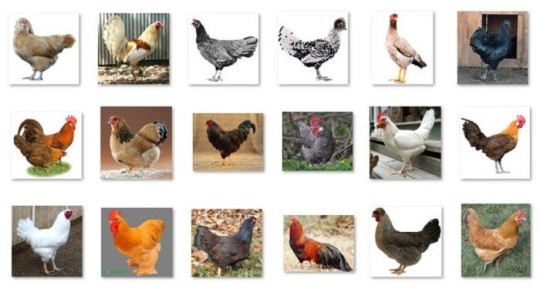
When we think of animals in our lives, one of the last ones that I think about is the chicken even though we eat eggs and chicken weekly. So today, I’m going to enlighten you all on the breeds and differences in chickens. I will describe to you, what chickens are best for laying eggs, which ones are best for meat purposes, the chickens that are best for eggs and meat, show poultry, and Bantam. At the end of the article, you’ll see a list of chickens to have as a reference source.
Chicken Breeds - Type, List, Picture & Information
Meat Breeds We have chicken breeds that are for meat. Many people are worried about hormones in our foods, therefore decided to raise their own food. If you want to follow their lead, these are the chickens to raise. The Cornish Cross is preferred when picking a chicken for meat. They can be up to 12 pounds in 6-8 weeks. The Jersey Giant weigh up to 13 pounds, but they are slow growers who need a lot of food. Bresse is a white chicken that is a fairly large chicken breed. With their bright blue feet, it's not hard to see this bird. They are expensive and popular. They can get up to 7 pounds. Orpington is the last meat chicken I’ll cover. They average 8 pounds and have tender meat. Dual Purpose The three best dual-purpose chickens include Black Australorp, its friendly, a great egg layer, and a great mother. They are protective of the flock. Speckled Sussex, which is beautiful and nice, protective as well. Rhode Island red, great layer and meat, they get up to 8 pounds. There are many resources to find the best meat birds online, so you can pick your favorite chicken to raise and eat. Exhibition/ Show Poultry The poultry show is a small piece of a livestock show, which involves an exhibition and competition of the chickens. Chickens are trained for these shows and they are cleaned very well and given manicures too. The chicken breeders are highlighted at the shows as well. It’s a display of beautiful birds. Related Article - Poultry Farming Guide and Information Bantam What are Bantam chicken breeds? They are a little smaller than other birds and they’re great for small backyards. They are very adorable birds. They are little versions of Brahma chicken. They lay eggs as well, but they do not produce that many eggs per year. They don’t eat much though and their eggs are smaller, but they still taste the same. Now that you know more about breeds of chickens, I’ll provide a list of the breeds of chickens that we have.
The A-Z of Chicken Breeds - Choosing the Perfect One

Ameraucana Egg Laying:Excellent (5/wk)Egg Color:Light BluePrimary use:EggsCold Hardy:YesTemperament:Broody COMING SOON

American Game Egg Laying:Fair (2/wk)Egg Color:Whitish/CreamPrimary use:OrnamentalCold Hardy:YesTemperament:Hardy LEARN MORE
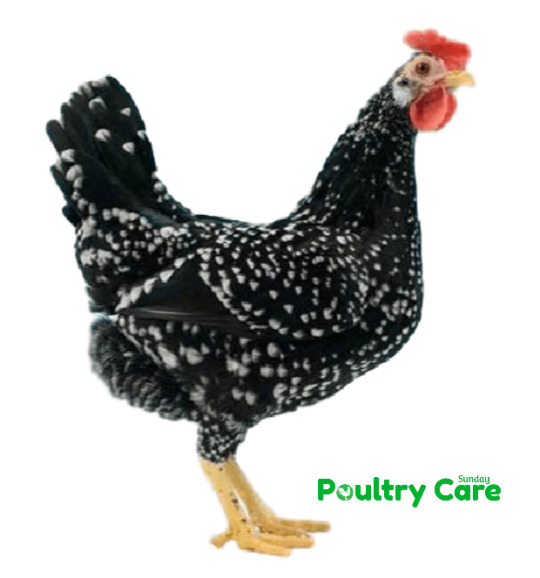
Ancona Egg Laying:Excellent (5/wk)Egg Color:WhitePrimary use:EggsCold Hardy:YesTemperament:Active LEARN MORE
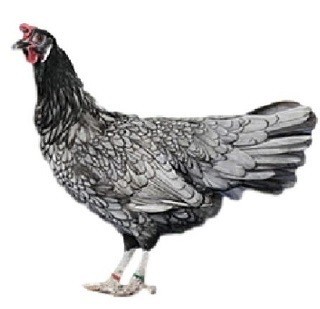
Andalusian Egg Laying:Good (3/wk)Egg Color:WhitePrimary use:EggsCold Hardy:NoTemperament:Active, Gentle LEARN MORE

Appenzeller Spitzhauben Egg Laying:Good (3/wk)Egg Color:WhitePrimary use:EggsCold Hardy:Yes (in winter)Temperament:Forager COMING SOON
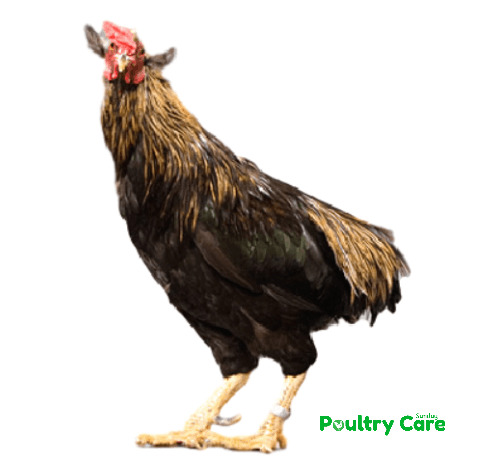
Araucana Egg Laying:Good (3/wk)Egg Color:BluePrimary use:Meat/EggsCold Hardy:YesTemperament:Flighty COMING SOON
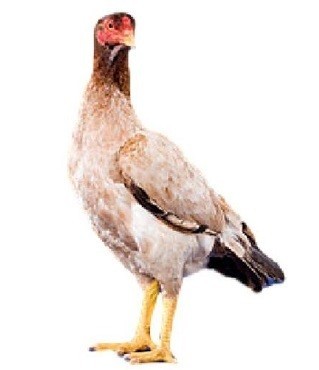
Asil (Aseel) Egg Laying:Poor (1/wk)Egg Color:Cream or TintedPrimary use:OrnamentalCold Hardy:Yes (in winter)Temperament:Aggressive LEARN MORE

Australorp Egg Laying:Excellent (5/wk)Egg Color:BrownPrimary use:Meat/EggsCold Hardy:YesTemperament:Hardy, Docile COMING SOON

Ayam Cemani Egg Laying:Fair (2/wk)Egg Color:WhitePrimary use:OrnamentalCold Hardy:YesTemperament:Flighty LEARN MORE
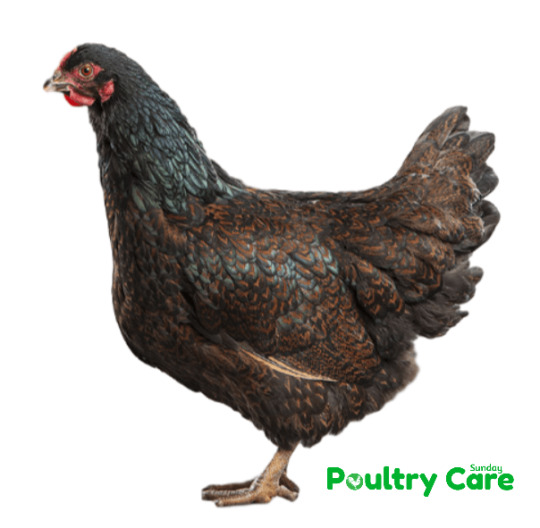
Double-Laced Barnevelder Barnevelder Egg Laying:Good (3/wk)Egg Color:Light brownPrimary use:Meat/EggsCold Hardy:YesTemperament:Friendly, Active, Quiet, Lively LEARN MORE

Braekel Egg Laying:Very Good (4/wk)Egg Color:WhitePrimary use:EggsCold Hardy:YesTemperament:Active LEARN MORE
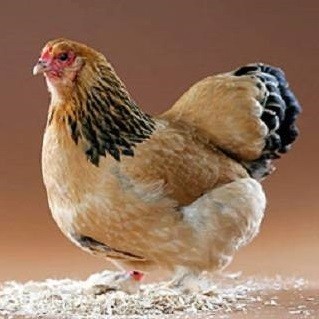
Brahma Egg Laying:Good (3/wk)Egg Color:BrownPrimary use:EggsCold Hardy:FriendlyTemperament:Yes LEARN MORE

Buckeye Egg Laying:Good (3/wk)Egg Color:BrownPrimary use:EggsCold Hardy:YesTemperament:Peaceful COMING SOON

California Gray Egg Laying:Excellent (5/wk)Egg Color:WhitePrimary use:Meat/EggsCold Hardy:YesTemperament:Quiet LEARN MORE

California White Egg Laying:Excellent (5/wk)Egg Color:WhitePrimary use:EggsCold Hardy:YesTemperament:Quiet COMING SOON
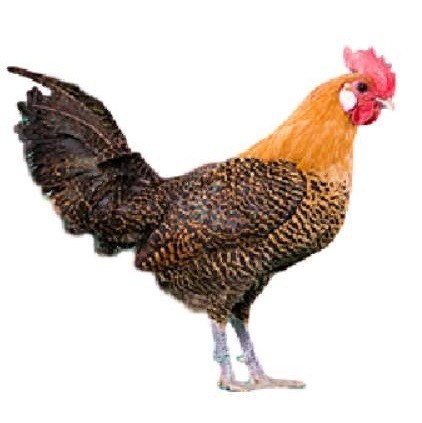
Campine Egg Laying:Good (3/wk)Egg Color:WhitePrimary use:EggsCold Hardy:YesTemperament:Active COMING SOON

Catalana Egg Laying:Very Good (4/wk)Egg Color:Pinkish CreamPrimary use:Meat/EggsCold Hardy:YesTemperament:Active COMING SOON
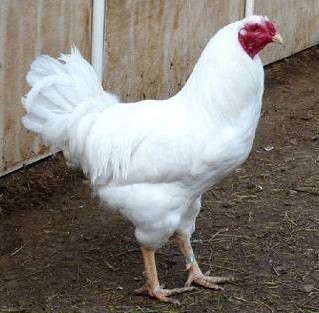
Chantecler Egg Laying:Very Good (4/wk)Egg Color:BrownPrimary use:Meat/EggsCold Hardy:YesTemperament:Gentle COMING SOON

Cochin Egg Laying:Good (3/wk)Egg Color:BrownPrimary use:OrnamentalCold Hardy:YesTemperament:Friendly, Calm, Quiet LEARN MORE

Cornish Egg Laying:Good (3/wk)Egg Color:BrownPrimary use:MeatCold Hardy:YesTemperament:Aggressive LEARN MORE

Cubalaya Egg Laying:Very Good (4/wk)Egg Color:Light brownPrimary use:Meat/EggsCold Hardy:Yes (in winter)Temperament:Forager COMING SOON
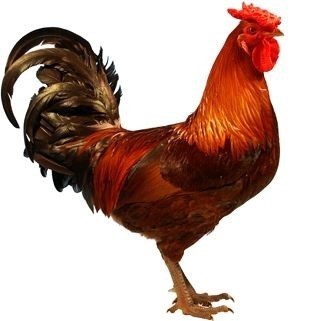
Derbyshire Redcap Egg Laying:Very Good (4/wk)Egg Color:WhitePrimary use:Meat/EggsCold Hardy:YesTemperament:Hardy COMING SOON

Dominique Egg Laying:Very Good (4/wk)Egg Color:BrownPrimary use:Meat/EggsCold Hardy:YesTemperament:Forager, Calm, Personable, Hardy COMING SOON

Dorking Egg Laying:Good (3/wk)Egg Color:WhitePrimary use:Meat/EggsCold Hardy:YesTemperament:Calm, Docile COMING SOON
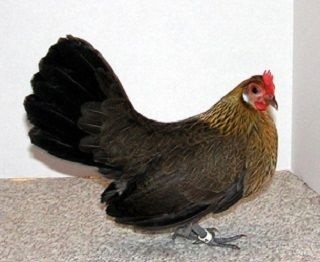
Dutch Bantam Egg Laying:Good (3/wk)Egg Color:Light BrownPrimary use:EggsCold Hardy:NoTemperament:Friendly, Flighty COMING SOON

Easter Egger Egg Laying:Very Good (4/wk)Egg Color:Green/Blue/Pink/MultiPrimary use:EggsCold Hardy:YesTemperament:Peaceful COMING SOON

Faverolles Egg Laying:Very Good (4/wk)Egg Color:Light brown, PinkishPrimary use:OrnamentalCold Hardy:YesTemperament:Gentle, Docile COMING SOON
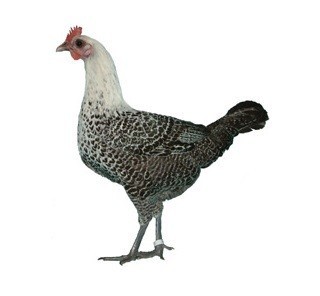
Fayoumi Egg Laying:Good (3/wk)Egg Color:Off-white, TintedPrimary use:EggsCold Hardy:NoTemperament:Flighty COMING SOON
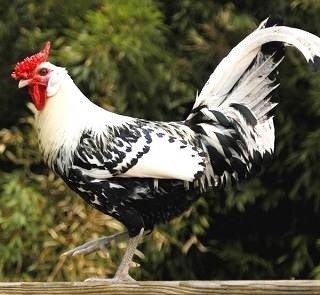
Hamburg Egg Laying:Very Good (4/wk)Egg Color:WhitePrimary use:EggsCold Hardy:YesTemperament:Docile COMING SOON

Holland Egg Laying:Good (3/wk)Egg Color:WhitePrimary use:Meat/EggsCold Hardy:YesTemperament:Calm COMING SOON

Houdan Egg Laying:Good (3/wk)Egg Color:WhitePrimary use:Meat/EggsCold Hardy:NoTemperament:Sweet, Easily handled LEARN MORE

Iowa Blue Egg Laying:Good (3/wk)Egg Color:BrownPrimary use:Meat/EggsCold Hardy:-Temperament:Skittish COMING SOON
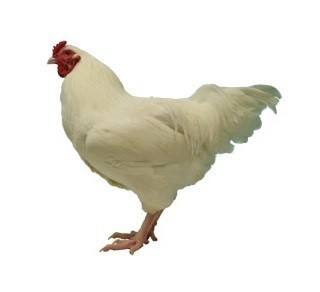
Ixworth Egg Laying:Very Good (4/wk)Egg Color:TintedPrimary use:Meat/EggsCold Hardy:-Temperament:Alert, Active COMING SOON

Jangmigye Egg Laying:Very Good (4/wk)Egg Color:Light BrownPrimary use:OrnamentalCold Hardy:-Temperament:Friendly, calm COMING SOON
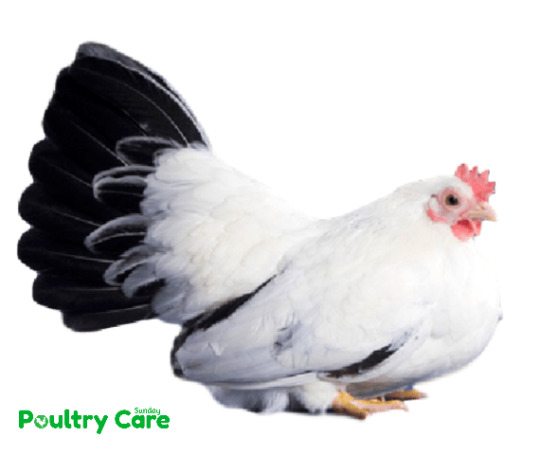
Japanese Bantam Egg Laying:Fair (2/wk)Egg Color:Cream or tintedPrimary use:Exhibition /OrnamentalCold Hardy:NoTemperament:Hardy, Bit flighty LEARN MORE
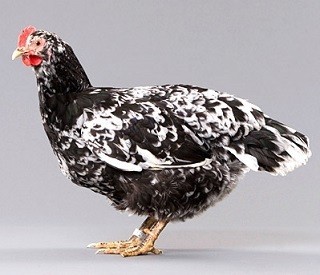
Java Chicken Egg Laying:Good (3/wk)Egg Color:Cream or tintedPrimary use:Meat/EggsCold Hardy:YesTemperament:Hardy, Docile COMING SOON
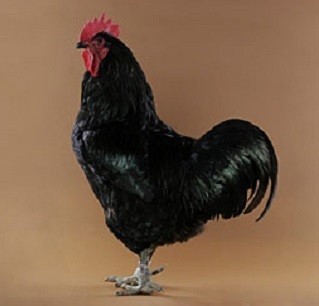
Jersey Giant Egg Laying:Very Good (4/wk)Egg Color:BrownPrimary use:MeatCold Hardy:YesTemperament:Calm, Docile LEARN MORE
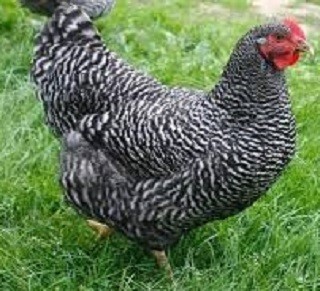
Kuroiler Egg Laying:Good (3/wk)Egg Color:BrownPrimary use:Meat/EggsCold Hardy:-Temperament:Friendly, Feed Continuously, Good Foragers COMING SOON
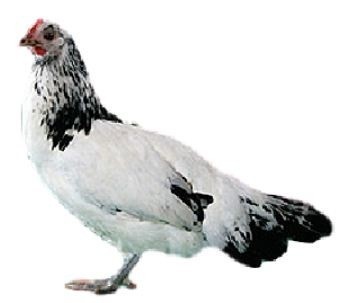
Lakenvelder Egg Laying:Good (3/wk)Egg Color:Tinted, WhitePrimary use:EggsCold Hardy:NoTemperament:Active, Quick COMING SOON
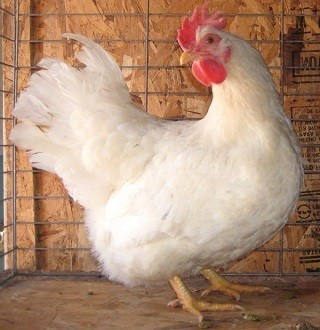
Lamona Egg Laying:Very Good (4/wk)Egg Color:WhitePrimary use:MeatCold Hardy:-Temperament:Friendly, Docile COMING SOON
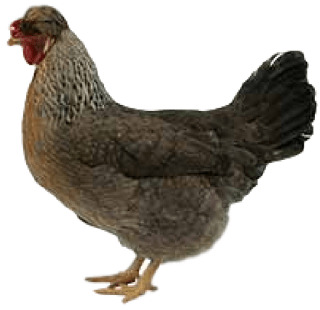
Legbar Egg Laying:Very Good (4/wk)Egg Color:Light BluePrimary use:EggsCold Hardy:YesTemperament:Forager LEARN MORE

Leghorn Egg Laying:Very Good (4/wk)Egg Color:WhitePrimary use:EggsCold Hardy:NoTemperament:Nervous, Flighty LEARN MORE

Malay Egg Laying:Fair (2/wk)Egg Color:Light-brownPrimary use:MeatCold Hardy:-Temperament:Aggressive COMING SOON
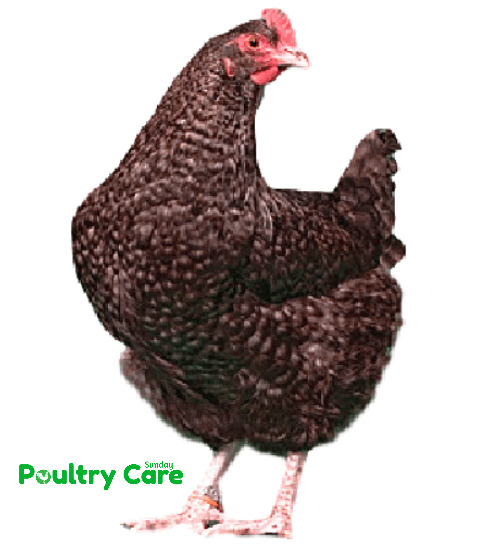
Marans Egg Laying:Good (3/wk)Egg Color:Dark brownPrimary use:Meat/EggsCold Hardy:YesTemperament:Quiet, Docile LEARN MORE

Marsh Daisy Egg Laying:Good (3/wk)Egg Color:TintedPrimary use:EggsCold Hardy:YesTemperament:Calm, Active COMING SOON

Minorca Egg Laying:Very Good (4/wk)Egg Color:WhitePrimary use:OrnamentalCold Hardy:NoTemperament:Noisy, Flighty COMING SOON

Modern Game Egg Laying:Poor (1/wk)Egg Color:WhitePrimary use:OrnamentalCold Hardy:NoTemperament:Curious, Friendly COMING SOON

Naked Neck Egg Laying:Fair (2/wk)Egg Color:Light brownPrimary use:Meat/EggsCold Hardy:YesTemperament:Cold hardy COMING SOON Read the full article
0 notes
Link
If you have some experience in dog grooming, dog training, dog diet, and generally taking care of dogs, you can write about that and share it with your audience.
0 notes
Link
Winter season is making its presence in many areas and as we humans get cold in chilly weather, your dog may too. For a dog to keep himself warm physically is depend on his breed, size and age. Northern breeds, Alaskan Malamutes, Siberian Huskies and others with dense coat may just do fine in winter.
0 notes
Text
Good Tech Habits Everyone Should Have

You've probably heard people inform you ought to support your computer, or you ought to have much more safe and secure passwords. Excellent tech behaviors aren't just for geeks-- they can conserve you cash, maintain your personal info safe, as well as aid you stay clear of irritation in the future. Right here are 5 tech routines everyone needs to have.
Currently, practice all five of these behaviors? Good for you! Proceed as well as send this on your good friends that don't, so you can lastly prevent all those tech assistance calls.
Browse Google Like a Pro
If you've ever wondered how us tech geeks understand whatever that we do, below's our key: we virtually simply Google whatever. With the appropriate Google abilities, you can discover details concerning almost any type of technology trouble you're having, as well as fix it yourself without any person else's aid.
Check out our leading 5 methods for accelerating and also intensifying your Google searches to become a search ninja, and also stay clear of aggravating contact us to your resident computer system tech for suggestions.
Back-Up Your Computer
You have actually possibly heard individuals state it a million times, and there's a reason for it. You constantly assume information loss won't occur to you, but it takes place to everybody one day, and having an excellent, up today back-up is the only way to prevent aggravation down the road.
And also, setting it up is hugely easy and is something absolutely everyone can do, so you have no excuse: start backing up today. You'll be glad you did.
Use Secure Passwords
Even if you think you have a safe and secure password, you might be incorrect. The other day's smart methods aren't shielding you from today's cyberpunks, and also you need to be additional vigilant in this age of continuous safety violations.
Conserving your passwords in a web browser is pretty troubled also-- so obtain an excellent password manager like LastPass and also update those passwords for the modern-day age.
Know What Upkeep Your Computer System Demands (as well as Does Not Required).
Most of us understand computer systems take a little upkeep to run in tip-top shape, but there's no need to hand it over to some quack to get it done-- the majority of it is very easy enough to do right in the house.
ave a look at our checklist of maintenance tasks you require to do on Windows PCs as well as Macs for more information, or if your computer needs a little bit more aid, read our overviews to accelerating, tidying up, as well as revitalizing your Windows COMPUTER, Mac, iPhone, and Android phone.
Be Smart About Hoaxes, Scams, and Internet Misconceptions.
The internet is swarming with frauds, hoaxes, and also various other false information that you probably face all the time without realizing it. In some cases, it's dangerous-- like that fake bank email that gives your identification to scammers-- while other times it's primarily safe, like a misattributed quote going viral on Facebook.
Either way, however, you should try to prevent falling victim to these hoaxes, and also aid quite the spread. It's really simple to recognize these myths online, and also equally as easy to prevent getting scammed. Simply remember: if something appears a little suspicious, it probably is.
1 note
·
View note
Text
5 At-Home Hair Color Tricks and Hacks to Nail Your DIY Dye Job

If you prefer to cut your head than color your very own hair, we feel you-- tinting your hair takes time as well as money. Plus, the hair salon can be pricey. However, thanks to these 11 at-home hair color tricks, hacks, product recommendations, as well as pointers, the once-laborious act of DIYing your color can kinda become the most effective, easiest medspa day ever before.
The secret? Make certain you're comfortable (a pair of these luxe PJs must get the job done), have whatever you need (we have actually obtained you there listed below), and aren't pressed for time. We culled the best insider at-home hair-color methods as well as ideas for attaining salon-worthy results.
#1. Don't rely on the model on the package
Certain, the woman smiling on the front of the package looks beautiful, however, the color of her hair is a dream. "The shade constantly winds up lighter than the version's hair on the packaging," says colorist Dana Ionato of the Sally Hershberger Downtown beauty parlor in New York City.
"The developer in at-home long-term dyes is extremely solid-- stronger than the ones we utilize in the salon-- so it raises the shade and also makes it lighter than what you see on the box." A better estimate of exactly how the shade will certainly wind up is the graph on the top of the box, which reveals you the final shade you receive from a range of different hair-color shades.
#2. Know When To Go Lighter-- or Darker
The rule is as complies with: For irreversible color, select a shade a smidge darker than what you desire because of the strong programmer, claims Donato. With semipermanent color, nonetheless, err on the lighter side of the color you're looking to achieve.
"Semipermanent solutions don't have a designer, implying they obtain darker and also darker the longer you leave them in your hair," states Donato. "It's more secure to choose a shade that's a bit lighter from the outset."
#3. Get Two Boxes
If your hair is previous your shoulders, or shoulder-length as well as extremely crude, make use of two boxes of the same color to make sure complete coverage. Just see to it to blend the dyes in a glass or plastic dish-- a metal one will certainly oxidize the dye and create it to alter shade.
#4. Consider Your Hair Texture
Hair appearance matters equally as much when coloring your hair as it does when sufficing. "Coarse, curly, frizzy, or unruly hair sucks up shade quicker as well as will become cooler-toned when you color it, so it will certainly look ashier, or slightly bluish," says Donato.
"Fine to medium hair textures do not take in shade as conveniently and also will certainly become a slightly warmer tone when you add color, suggesting it will have orange, red, or copper touches." So what does that mean for you when you're standing in the aisle at the drugstore?
If your hair is kinky or curly, choose a shade that's cozy (gold, copper, bronze), yet a little lighter than your all-natural hair color; if your hair is fine and straight, pick cooler tones (champagne, beige) that are somewhat darker than your all-natural color.
#5. Touch up your origins-- as well as only your roots
"I've seen many clients who can be found in because they touched up their origins yet accidentally dyed their ends, as well," says Donato. "The ends of your hair are much more permeable, so they suck up shade extremely quickly."
So promptly, actually, that the overflow from washing out your origins can stain them. To avoid this, apply conditioner to your ends right before you wash out the shade on top of your head. Or you might try this fast tip: Mix concerning one teaspoon of cornstarch right into the color to stop it from leaking down through the rest of your hair.
1 note
·
View note